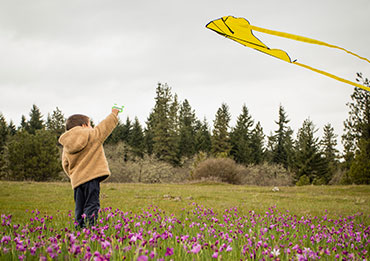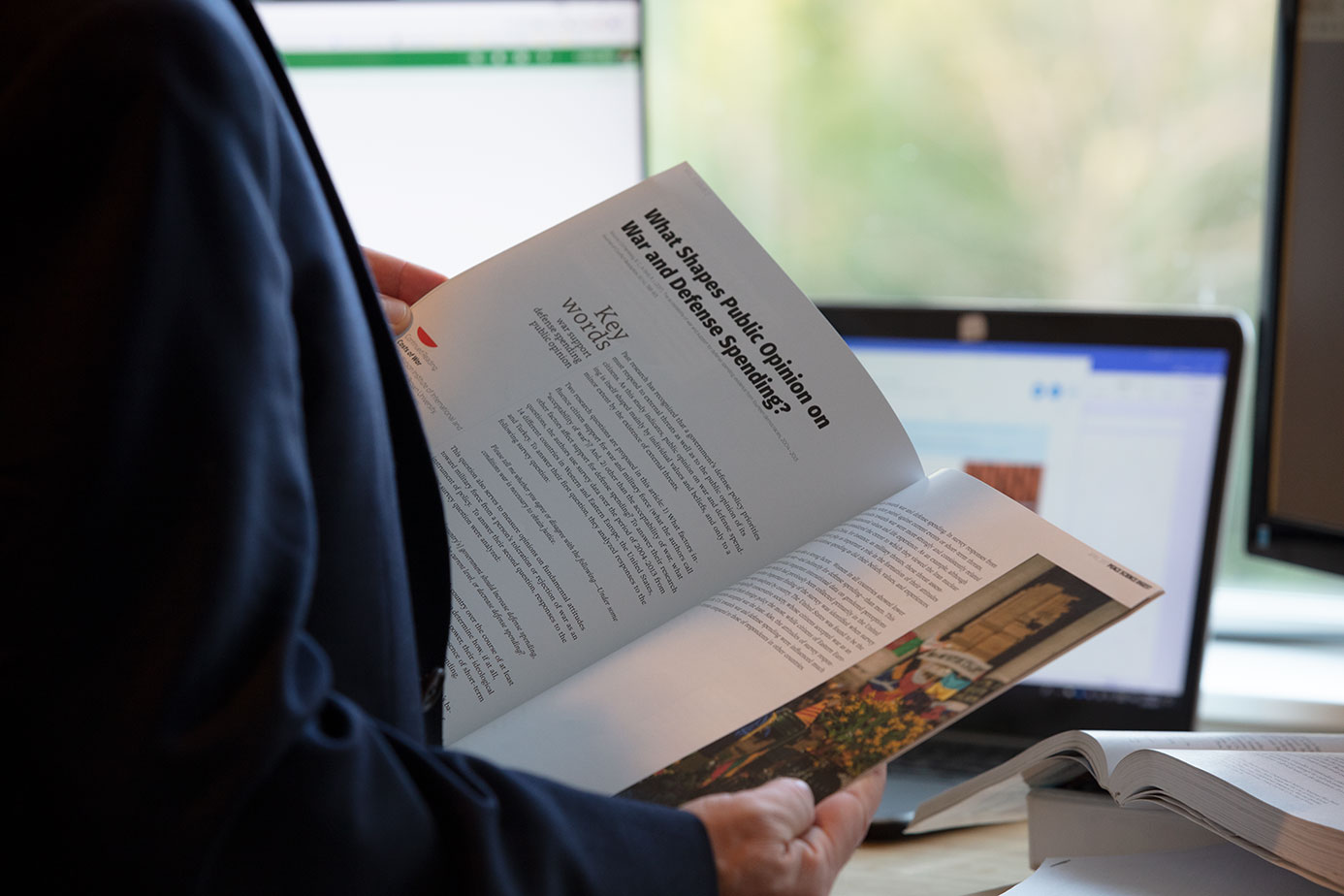Core Competencies for Critical Peace Educators and Learners
Core Competency Possible Educational Activities and Approaches Critical thinking and analysis Critical Media Literacy Analyzing the roots and current impact of forces of domination Interrogating identity and unequal forms citizenship Empathy and solidarity Cultivating an understanding of the psychological and emotional impacts of violence Viewing injustices facing others … Read more
Political Violence in Post-9/11 Wars
In Iraq, areas with cell phone coverage are less violent because of the ease of pro-government informants to provide information on insurgents.

Police Militarization: Domestic Consequences of Foreign Policy
U.S. militarism lead to the creation of police SWAT teams that disproportionally affect minority communities through racial profiling and over-policing.
Nonviolent Conflict Escalation
Nonviolent conflict escalation is achieved quantitatively or through innovation, dilemma creation, provocation, and persistence.

International Influence on U.S. Public Support for Drone Strikes
By highlighting civilian casualties and breaches of international law, international organizations can influence U.S. public opinion on drone policy.
Military Support and an Increased Vulnerability to Terrorist Attacks
Deployment of troops and weapons exports to another country increases the chance of attacks from terror organizations from that country.
Nonviolent Resistance Creates Strong Democracies
Democratic regimes that experience nonviolent resistance during the government transition phase survive longer than regimes without nonviolent resistance.
Casualty Inequity, Politics, and Public Support for Israel
Reporting of disproportionate civilian casualties during the 2014 Gaza conflict lowered U.S. public opinion of Israel.
Motives of U.S. Intervention: Democracy, Human Rights and Terrorism
The U.S. military is more likely to engage in a campaign for human rights than for security reasons, such as threats to democracy or terrorist activity.
Oil, Terrorism, and Insurgency in the Middle East and North Africa
When groups are included in political participation they are more likely to choose nonviolence over violence when voicing their grievances.

How Domestic Protests Influence Coups
Nonviolent protests are six times more effective at bringing about a coup than violent protests, and more likely to bring about democratization.


